Attractions
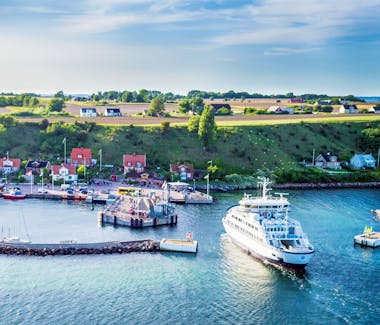
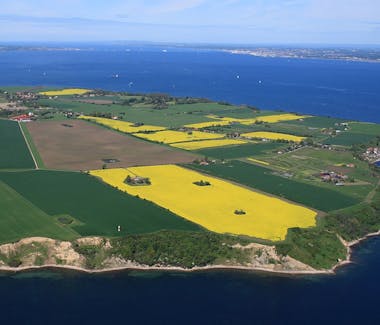




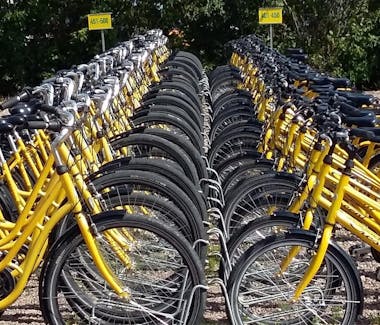
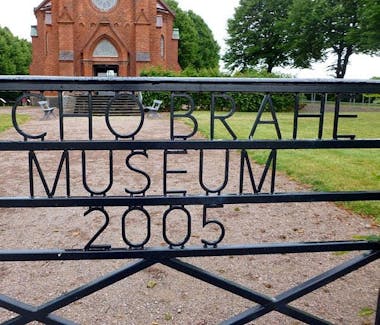







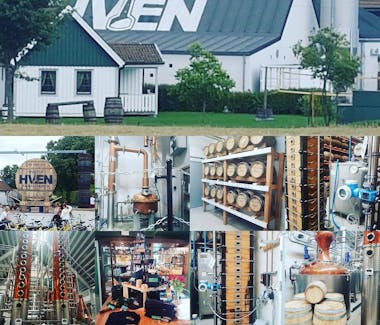
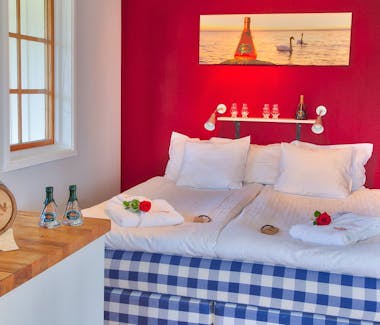
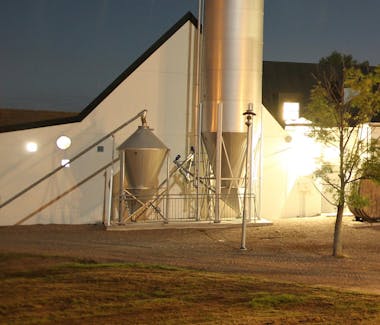
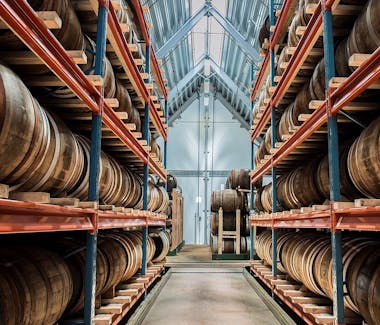
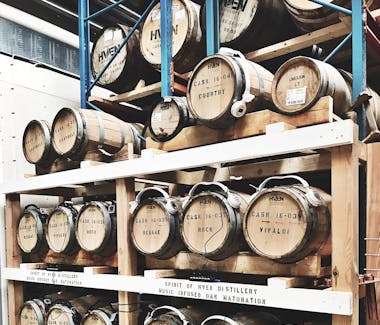






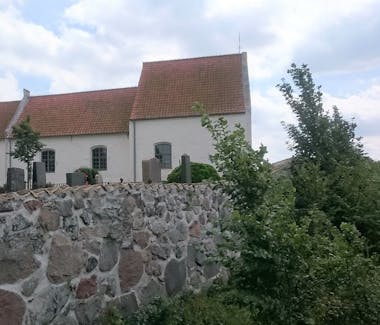



Ven, Sweden
Hven
Visit the island of Ven
A visit to Ven is a must every summer. The beautiful island outside Landskrona/Helsingborg. Here you can rent a bike and cycle around the island. Bring a picnic, good shoes and sunscreen and enjoy the scenic landscape and historical sights on the island of Ven – the location of Scania's most iconic cycling holiday. Ven is known for its beautiful slopes, the sandy slopes that plunge steeply into the sea, and for cozy cottages, cafes and fun slopes to cycle in. The yellow bikes have become a symbol of Ven and are the best way to explore the island. The easiest way to get to Ven is by ferry from Landskrona. Then walk up the hill to the bike rental. Here you can rent a tandem bicycle, a bicycle with a carriage, a bicycle with a child's seat or a two-wheeler with as many gears as you need. Grab a free map and you're good to go.
Find timetable for the boat between Landskrona and Ven here
Learn more about Ven
Things to do, things to see
Ven's Bike Rental
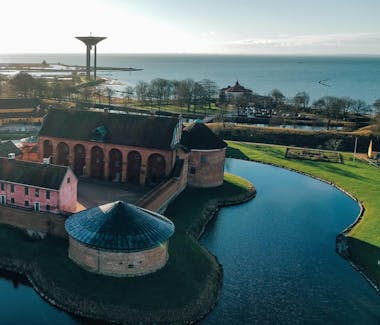

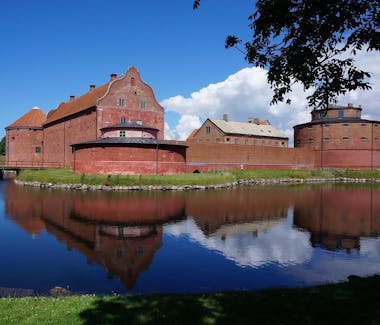
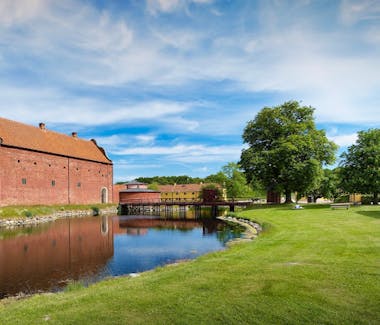













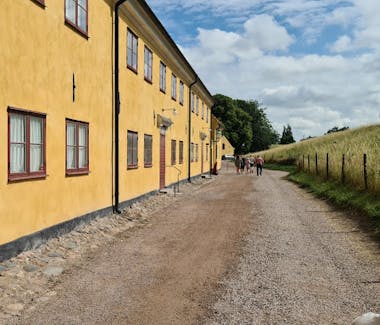






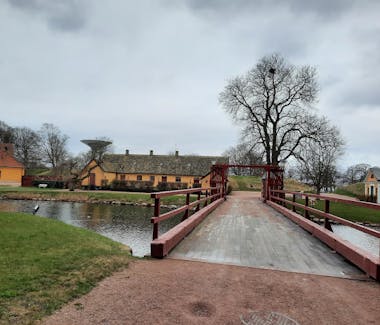

Citadellet, 261 31 Landskrona, Sweden
Landskrona slott "Citadellet"
Landskrona Citadel (Swedish: Citadellet or Landskrona slott).
Much of the original work is intact. Examples remain of all major parts of the fortification, which is uncommon in such an accessible area. The moat around the central fortification is intact, as are the north-west and north-east parts of the outermost moat, which originally connected to a moat surrounding the city itself. Centermost, the citadel sits on an island surrounded by its own moat. North of the fort, between the second, third and fourth moat is Sweden's oldest allotment-garden. Several of its garden houses are attractions in themselves. Also the fortress castle itself hides both history as such as well as historical horrors, like the 16th Century dungeon in the old western tower, into which the unlucky prisoners were thrown down through a hatch. If surviving the 4-5 meter fall, there then was neither any daylight or any way out. Also the eastern tower has in later centuries served as a prison for those serving life sentences. Around 1900 until 1940 a part of the fortress served as a forced labour institution for vagrant women.
Learn more about The Citadel here





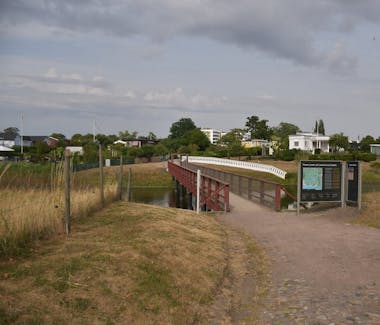



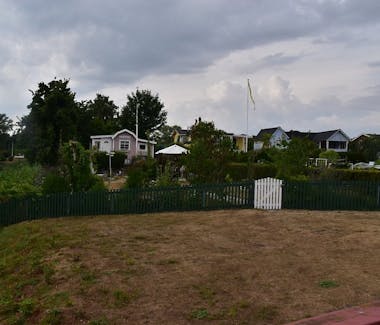
Citadellvägen 21, 261 39 Landskrona, Sweden
Sveriges äldsta koloniområde, Citadellkolonierna
Sweden’s oldest allotment areas
Welcome to Landskrona, home to the most allotments in Sweden. Stroll around the Citadel allotment area and enjoy the floral splendour and ornate wooden decorations. Rothoffs Museikoloni allotment garden museum is also situated here, the only one of its kind.
In the 1860s, pharmacist Bergh was busy cultivating medicinal plants here; soon after, more and more people started constructing their own plant cultivation allotments. The oldest houses have wooden panels in light colours and framed windows, and are adorned with ornate wooden decor. There are also a couple of pavilions from 1913, when the town celebrated its 500th anniversary.
The area is home to Rothoffs Museikoloni allotment garden museum, the only one of its kind in Sweden. Built in 1903, Rothoffs Museikoloni allotment garden museum is one of the oldest preserved timber houses in the area. The timber house is furnished as it would have been in the early 20th century, and it houses a small exhibition on the history of the allotment area and the Rothoff family. Today, Rothoffs Museikoloni allotment garden is a beautiful, peaceful place where you can sit and enjoy the garden and take a look in the timber house.
The timber house is open during the summer. The garden stays open all year round.









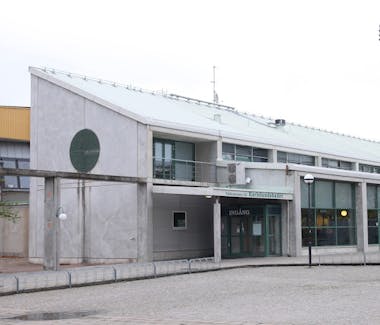
Karlslundsbadet, Idrottsvägen, Landskrona, Sweden
Karlslundsbadet
Karlslundsbadet is an exciting family bath for the adventurous bather of all ages. The pool has two water slides, climbing wall, underwater bubbles.
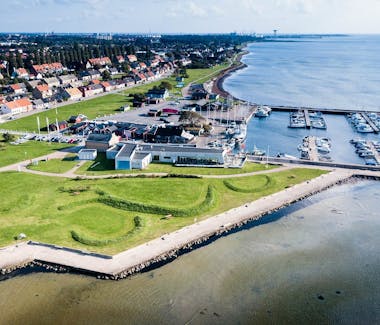
















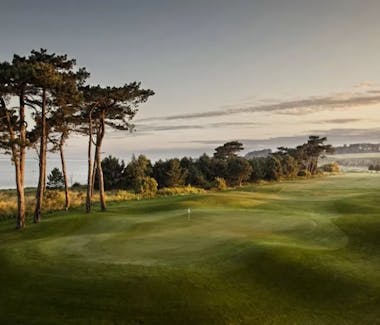
Borstahusen, Sweden
Borstahusen
Picturesque and adorable view towards Ven.
The old fishing village was founded in 1774 by the two brothers Rasmus Andersson Borste and Jöns Andersson Borste, and two years later they applied to start building several houses each. The houses are built as urban housing with street houses and streets in rows from the sea and walking around here does not take long but is a wonderful experience. Walking along the narrow lanes of a charming seaside town is always special.
Borstahusen offers 4 excellent restaurants, 2 fishmongers, a museum, art gallery and much more, guaranteeing an exciting adventure during your trip. In summer, the resort attracts both summer guests and residents of the country with its golf courses, swimming beaches, adjacent camping and hostels. You must not miss Pumphuset, an old pump house in the harbor that has been converted into a museum, gallery and restaurant, designed by the architect Per Dockson, which is worth a visit in itself. If you have the opportunity, be here at sunset.
North of Borstahusen, adjacent to Erikstorps Kungsgård (formerly Kungsgård) is Borstahusen's Camping and cottage village with a training loop. It was established in 1960 to provide local workers with a place to spend their summers in a peaceful seaside setting. Today, the facility together with the nearby golf club is a very popular place for tourists.
Learn more about Borstahusen here
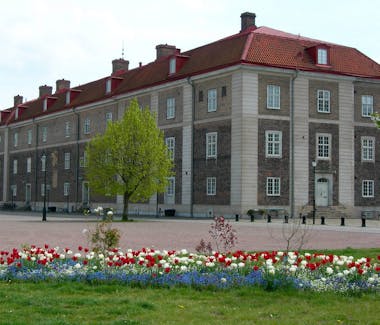



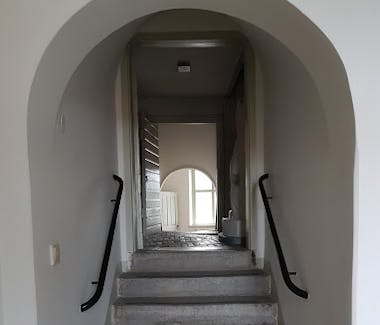


Landskrona Museum, Slottsgatan, Landskrona, Sweden
Landskrona Museum
Landskrona Museum is located in an old military barrack from the 1750s in the center of Landskrona next to the town hall square.
The museum occupies all floors of the large Adolf Fredrik military barrack and displays vividly the different periods of the historical development of Landskrona in its various exhibitions. The permanent exhibitions in the Landskrona
The permanent exhibitions are dedicated to the topic of the city's founding in 1413 and the urban development in the Middle Ages or even the reconstruction of the city in the 18th century. The exhibition Människor som vi (people like us) transports the visitor back to the Stone Age and En arbetets stad (city of work) tells of the time Landskrona was a highly industrialized city with many shipyards and large factories.
The Rum för Reklam presents a selection from the historical advertisement collection of the Swedish archives of advertising and graphic design. With beautiful classic adverts and posters the exhibition is a little journey through the history of advertising.
The museum also includes a museum shop and a small café.
Outside the museum's entrance you can see “Non-Violence” by Carl Fredrik Reuterswärd
“The Knotted Gun” by Carl Fredrik Reuterswärd is a bronze sculpture of an oversized Colt Python .357 Magnum revolver with its muzzle tied in a knot.
The formal title of the sculpture is “Non-Violence,” and it was inspired following the artist’s grief at the murder of the musician John Lennon, formerly of the Beatles,
Carl Fredrik Reuterswärd made this original sculpture after the killing of John Lennon, and one copy was initially located at the Strawberry Fields memorial for Lennon in Central Park.
In 1988, Luxembourg donated the original sculpture to the United Nations, and it was moved and installed outside of the headquarters of the United Nations Headquarters in New York.
According to Kofi Annan, the 7th Secretary-General of the United Nations:
“It has enriched the consciousness of humanity with a powerful symbol that encapsulates, in a few simple curves, the greatest prayer of man; that which asks not for victory, but peace.”
Since 1993, the sculpture has been the symbol of The Non-Violence Project (NVPF), a nonprofit organization that promotes social change through violence-prevention education programs.


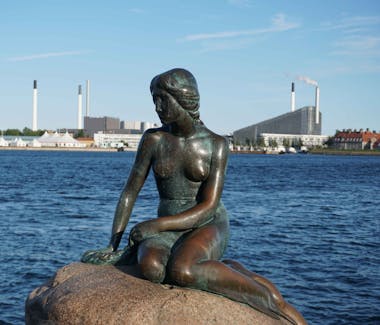


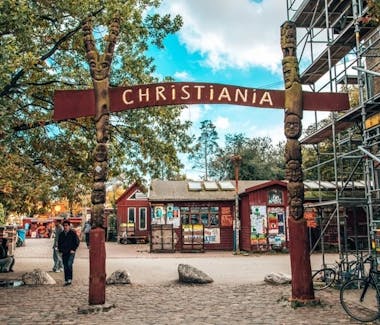
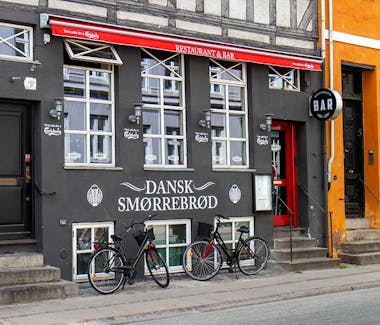

Copenhagen, Denmark
Köpenhamn
Wonderful Copenhagen
Copenhagen does not disappoint you. Entertainment, culture, restaurants and shopping. Enjoy the continental atmosphere, visit classic attractions such as Tivoli and the Zoo. Copenhagen delivers! It's hard to put your finger on what makes Copenhagen so special, but you can feel it when you're there. There is always something going on in this international metropolis, which is the center of the entire Öresund region.


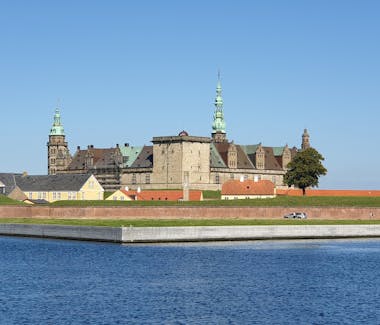



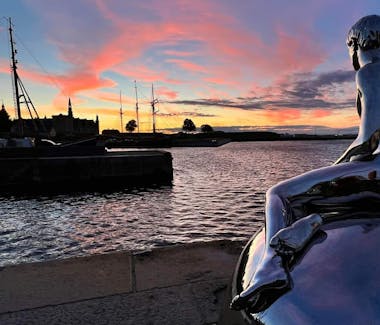



Helsingør, Denmark
Helsingör
Elsinore, a cultural pearl.
The 800-year-old market town exudes a unique maritime cultural history that you won't come across anywhere else. If you let go, you have the opportunity to step into a piece of Danish history as you stroll through the old cobbled streets There is so much to experience, the coast and the natural life is something exceptional in these parts.
Overlooking the Öresund strait, the 15th-century Kronborg Castle provided the setting for Shakespeare’s “Hamlet.” Nearby, the M/S Maritime Museum of Denmark illustrates 600 years of Danish seafaring history. The glass-walled Culture Yard in the old shipyard organizes cultural events.
On the pier is “Han,” a polished steel sculpture of a man.
There are a couple of direct ferries between Sweden and Denmark. One of the most popular is the ferry from Helsingor to Helsingborg, with ForSea Ferries, a 20-minute crossing over a 5 km route between Sweden and Denmark.
Read more about Elsinore here